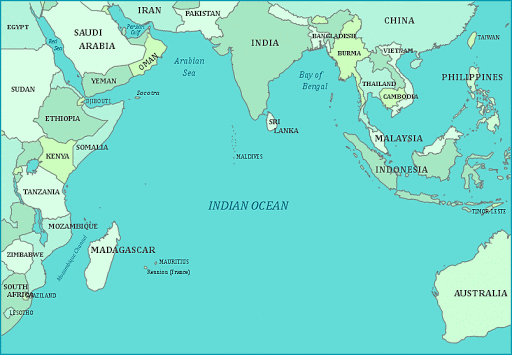In the Indian Ocean, the National Institute of Oceanography (NIO) will launch the first-of-its-kind project of Genome Mapping.
Indian Ocean covers about 20% of the Earths’s water surface and so is the third largest water bocy in the world.
Its objective is to bather samples of genome mapping of microorganisms in the Indian Ocean.
It is also necessary to understand the biochemistry and the response of the Ocean to climate change, nutrient stress and increasing pollution.
The cost of the project and duration is Rs 25 crore and will take around three years to complete.
What is Genome Collection?
Samples will be collected by the researchers from several stretches of the ocean at an average depth of about 5 km.
It is just like gene mapping whish is carried out on blood samples collected from humans, the scientists will map these in the bacteria, microbes found in the ocean.
Deoxyribose Nucleic Acid (DNA) and Ribonucleic Acid (RNA) mapping shows the nutrients present in them and also those lacking in various parts of the ocean.
Benefits are:
– It will help in understanding ecosystem.
– It will understand factors causing change.
– It will help in identifying Mineral Concentration.
Human benefits are:
It will benefit the human in the future in the large pool of RNA, DNA library of the oceans that will be utilized for using the Indian Ocean.
It also increase the Biotechnology application and optimize the conservation efforts.
What is Genome Mapping?
When a specific gene is assigned or located into a particular region of a chromosome and determined the location of and relative distances between genes on the chromosome.
Types of maps are:





 Which City is known as the City of Bambo...
Which City is known as the City of Bambo...
 Who was the First Prime Minister of Indi...
Who was the First Prime Minister of Indi...







